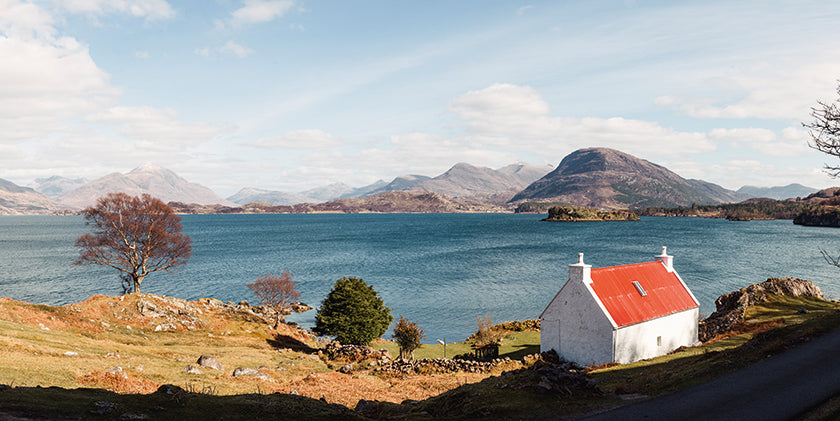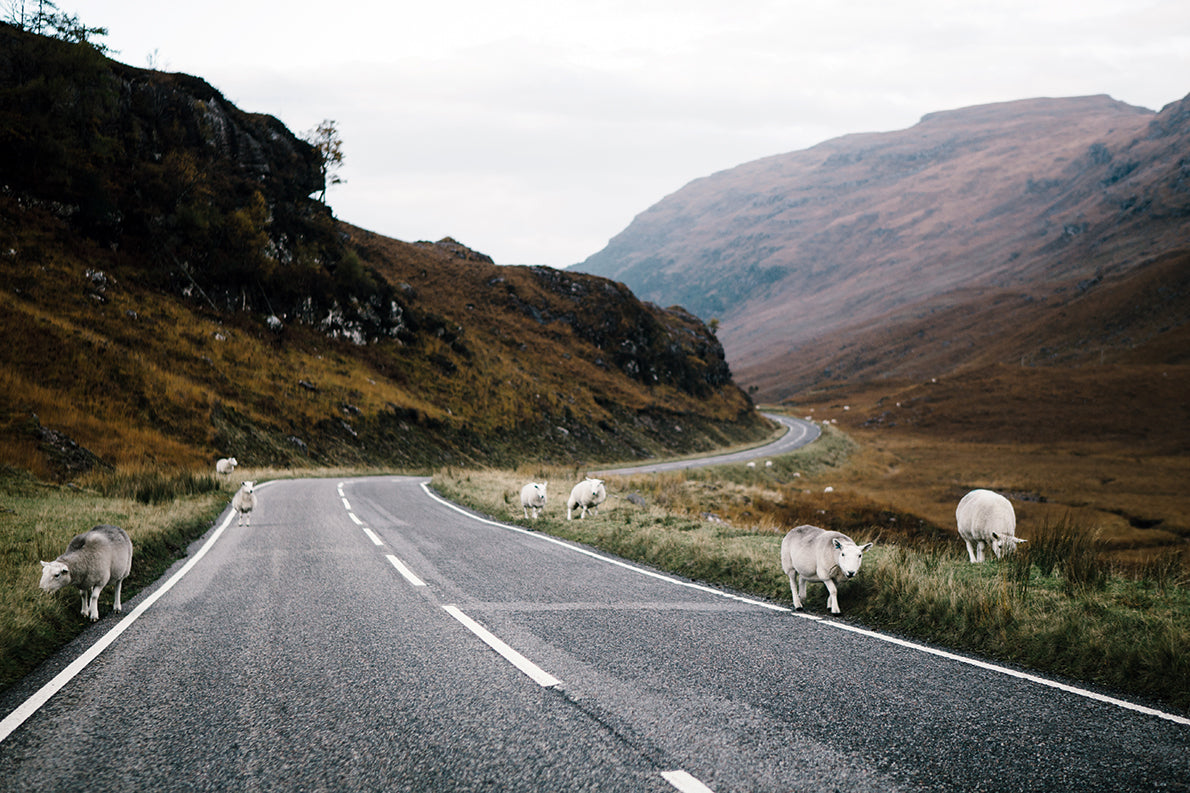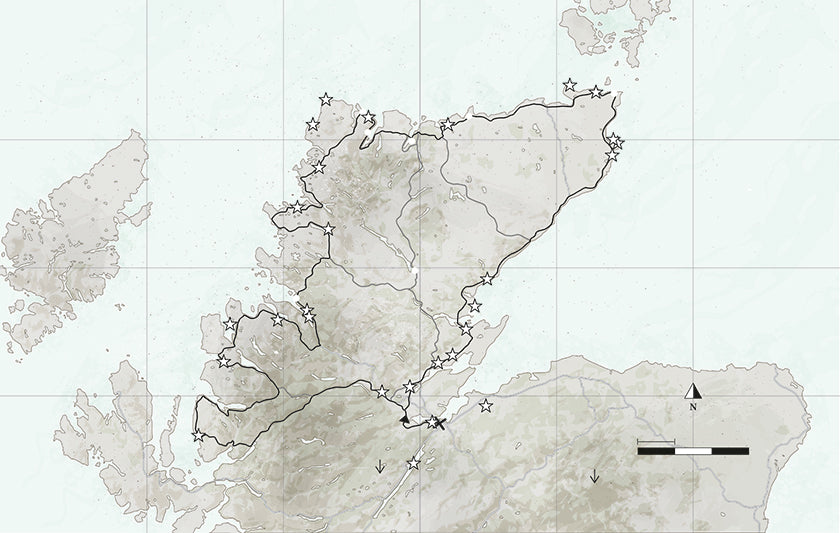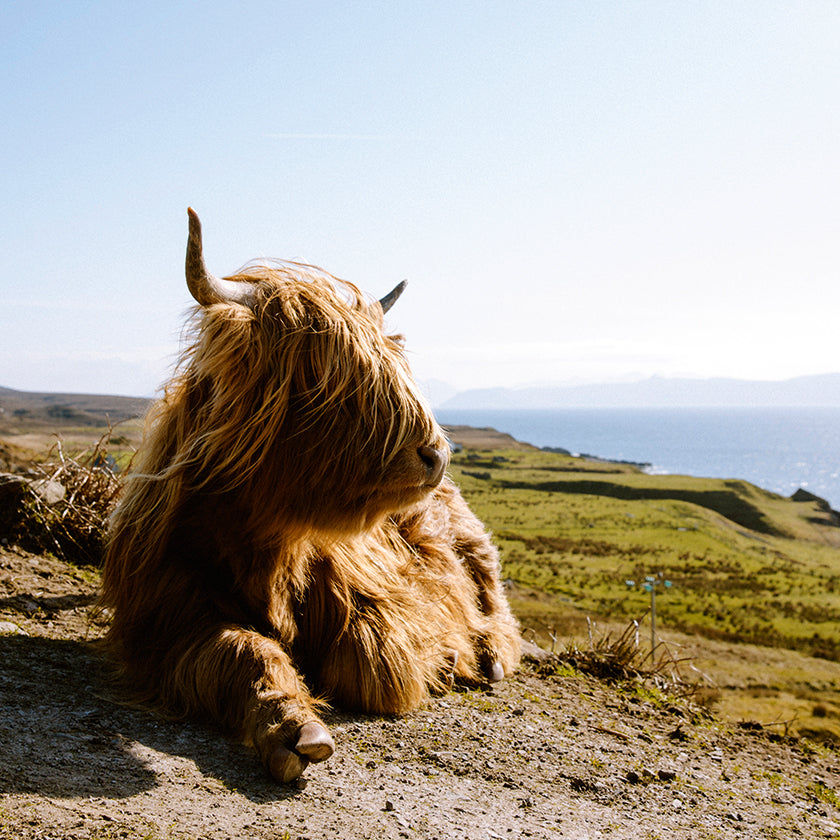Your Cart is Empty
When you buy a book, we plant a tree
Guy Weress guides a magical journey through North Coast 500 route

Scotland’s rugged North Highlands are hard to get to, but an old and rewarding land of peaty whiskey, golf, crumbling castles, and windy walks await along its novel-like shores.
The North Highlands have long played a part in my life, ever since I was a small boy and used to visit my grandmother each year at the Castle of Mey,” wrote Prince Charles. Having launched the North Highland Initiative (NHI) in 2005, he says they “encourage sensitive and sustainable tourism, and breathe new life” into the stunning and economically depressed area north of the Great Glen Fault—a straight tectonic line of dales and lochs that splits Scotland in two.

A gentle 830km (516mi) coastal loop to and from its proud gateway city Inverness, by way of John o’ Groats, the NHI opened the North Coast 500 route in 2014 to chart this moody Scottish landscape. Just a few hours north of Edinburgh or Glasgow, it is now one of the world’s most recognized coastal road trips, with vehicular access from Europe via the Dover-Calais Channel Tunnel, or by ferry to different starting-point cities on the east coast, like Newcastle, Hull, or Rosyth. Prices depend on booking time and the length of your trip. Often you must rent a cabin.
The route can be done in a day, but five days is the recommended minimum, and a week or two is ideal. The North Highlands is largely empty, with as many people living per square kilometer as you’d find in Russia; but the narrow local roads of the NC500 can get crowded. With sunnier weather and longer days leading to a greater number of open restaurants and available accommodations, June, July, and August are optimum. It’s the cool-to-warm shoulder season—April to May, and September to October—that’s best for avoiding the banks of family RVs that clog the single-lane road system throughout the area, particularly on the more accessible east coast.

The most reliable crowd-avoidance practice is to go off-road: ride and hike into the bleak, epic, mountainous center; across marshes, farms, and Riverland; to the lonely brown cliffs of Cape Wrath; the old Georgian towns of Black Isle; the famous beaches at Kiloran or Sandwood Bay; and the beautiful northwest Lairg country; through crazy-sounding places like Brawl, Tongue, Laid, and Borgie—but take your raincoat. Scotland is notorious for its four-seasons-in-one-day displays, with windy roads and frequent rain squalls. The whole route is sealed and of unpredictable smoothness; but the roads are slender and clean, the long, sweeping corners easy for all, and the grainy road surface grippy but tough on tires. Most towns have a gas station, but plan in advance nonetheless
The Highlands are remote and temperate, a boon for nature watchers. Red deer travel these lands at dusk and dawn, with sheep and other livestock appearing mutely by the roadside with regularity; keep your eyes peeled for the hairy Heilan coo, an often dun-colored local cow.

The wild abundance of these cool hills becomes apparent with time: ancient prey birds hunting European pine martens, squirrels, and other small stock; a roll call of oceanic seabirds—puffins, razorbills, kittiwakes, cormorants—lolling at Dunnet Head Reserve; glimpses of dolphins, seals, and other porpoises at Chanonry Point or Spey Bay; and whales during their seasonal migrations along the remote and blustery northwest coast, and out among the many Scottish isles.
Aside from the Queen’s grand and gated 16th-century Castle of Mey near John o’ Groats, a boyhood favorite of Prince Charles, there are famous castle ruins like seaside Castle Sinclair Girnigoe, fine museum castle gardens Dunrobin and Cawdor, and hotel castles Dornoch and Kincraig. If hotel castles are too spooky or too expensive, the north is littered with kindly bed and breakfasts, backpacker hostels, windswept stone cottages, country manors, grand seaside hotels, and soggy cliffside campsites. The shellfish and salmon fishing industry is alive and well, and the Scottish soils, conserved for millennia, make abundant produce, so eat local and try the café staples—a full Scottish breakfast, haggis, black pudding, or the potato, onion, and haddock soup Cullen skink. Consider Scotland’s fortunes at an east coast Scotch whiskey distillery like Dalmore, Glenmorangie, or Pulteney, and test the peaty batches concocted decades ago and stored in barrels for your pleasure. Or leave the trail early and get your toes wet in the distillery country of Nairn and Elgin, where a hundred whiskey makers await, along with Michelin-starred eateries like the namesake at Boath House Hotel.

The NC500 leaves southern landmarks like Ben Nevis mountain and lochs Ness and Lomond glaringly absent from itineraries but a short drive from Inverness along the stunning landscape. Several storied island chains drift to the north of the route, and round-trip ferry loops are easily done. Drive southeast from Inverness to Oban, and a five-hour ferry to the Outer Hebrides allows for gleeful hopping from Barra to Stornoway via these 15 islands inhabited by 30,000 people. Follow this with a return ferry to Ullapool and a drive along the northern coast to the Thurso ferry, which will transport you to the Neolithic herring-trading village Skara Brae in the eccentric Orkney Islands, settled now for 9,000 years. The Summer Isles, conveniently moored in Loch Broom, and the dramatic and stunning Isle of Skye in the Inner Hebrides, is less intensive but rewarding.
Roadtrip adventures on two-wheels, find how more about Ride Out! Available in German, French, and English.